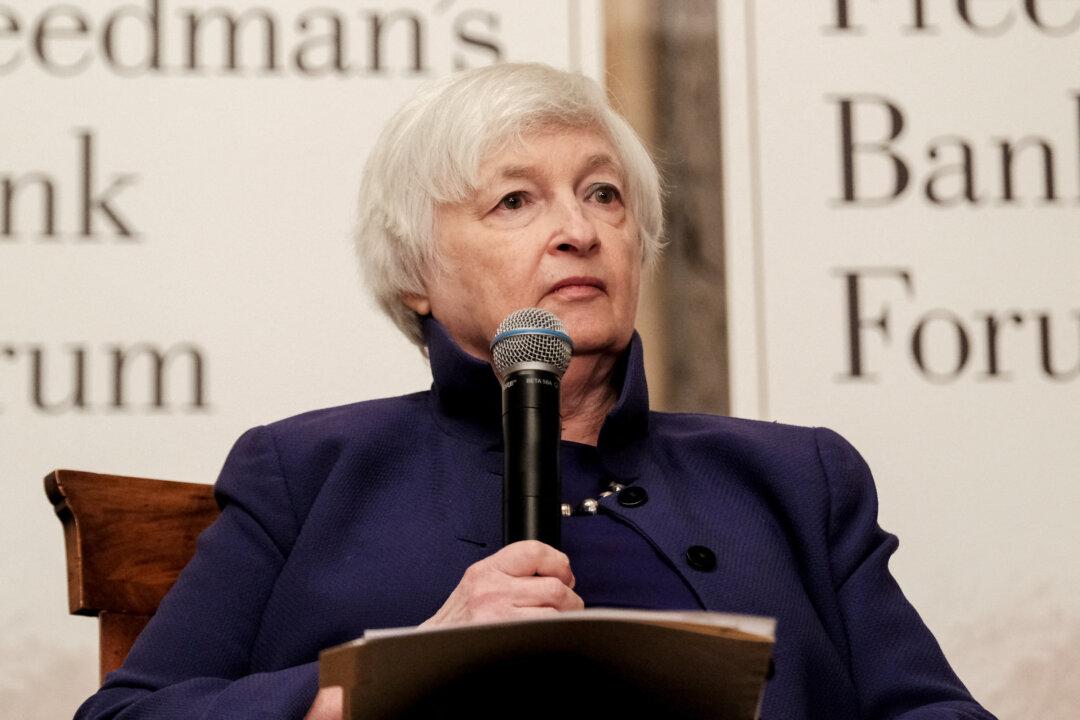U.S. Secretary of the Treasury Janet Yellen admitted to being concerned about liquidity in the Treasury debt market during an event in Washington on Oct. 12.
The potential loss of liquidity is a worrying situation, Yellen said in a question-and-answer session following a speech at the event, according to Bloomberg. She pointed out that even though the overall supply of Treasurys has risen, the balance-sheet capacity of broker-dealers to engage in market-making has not increased much. The Federal Reserve’s standing repurchase facility “can be helpful” in providing the market with liquidity, she added.





